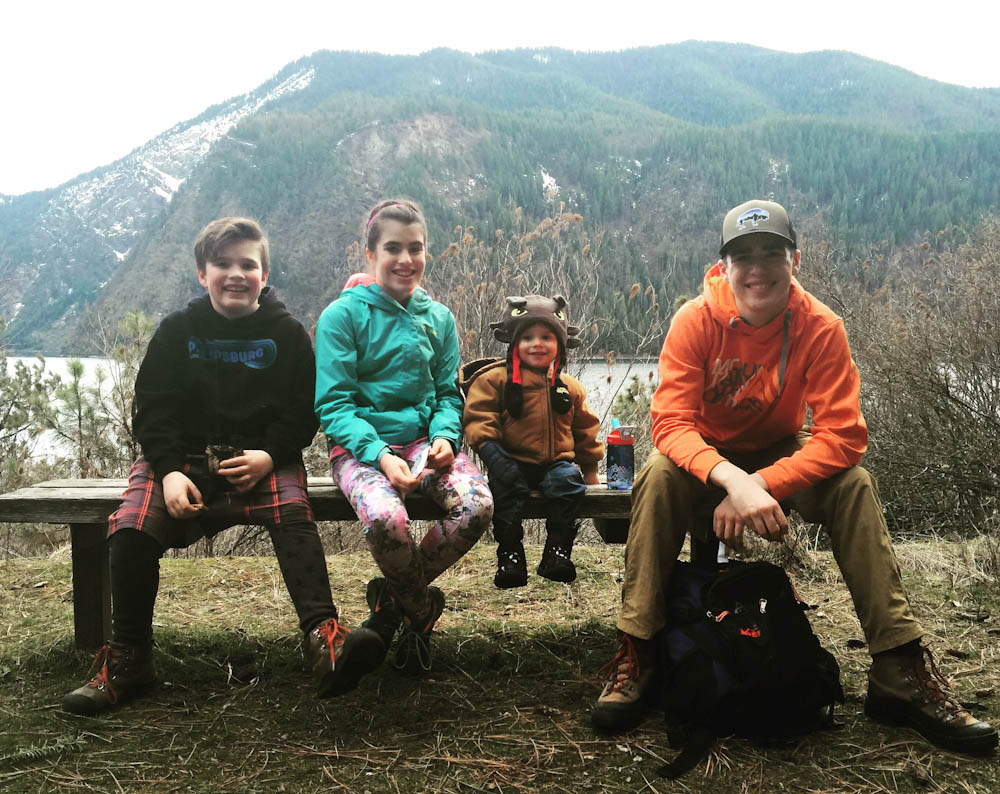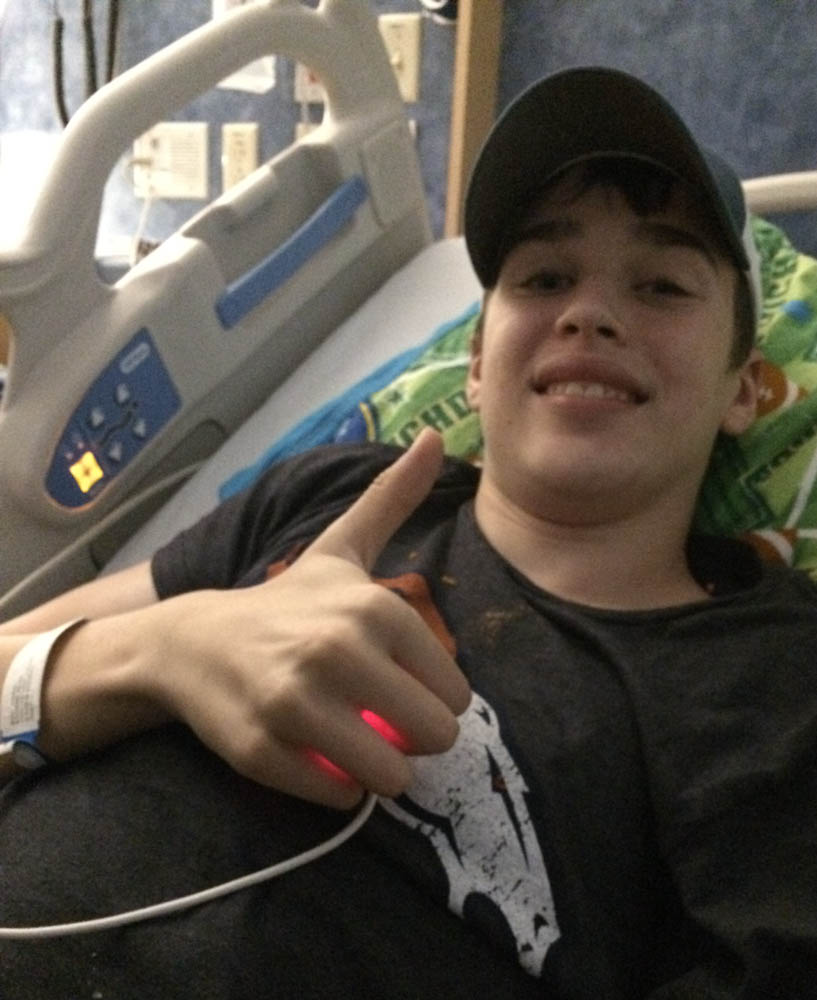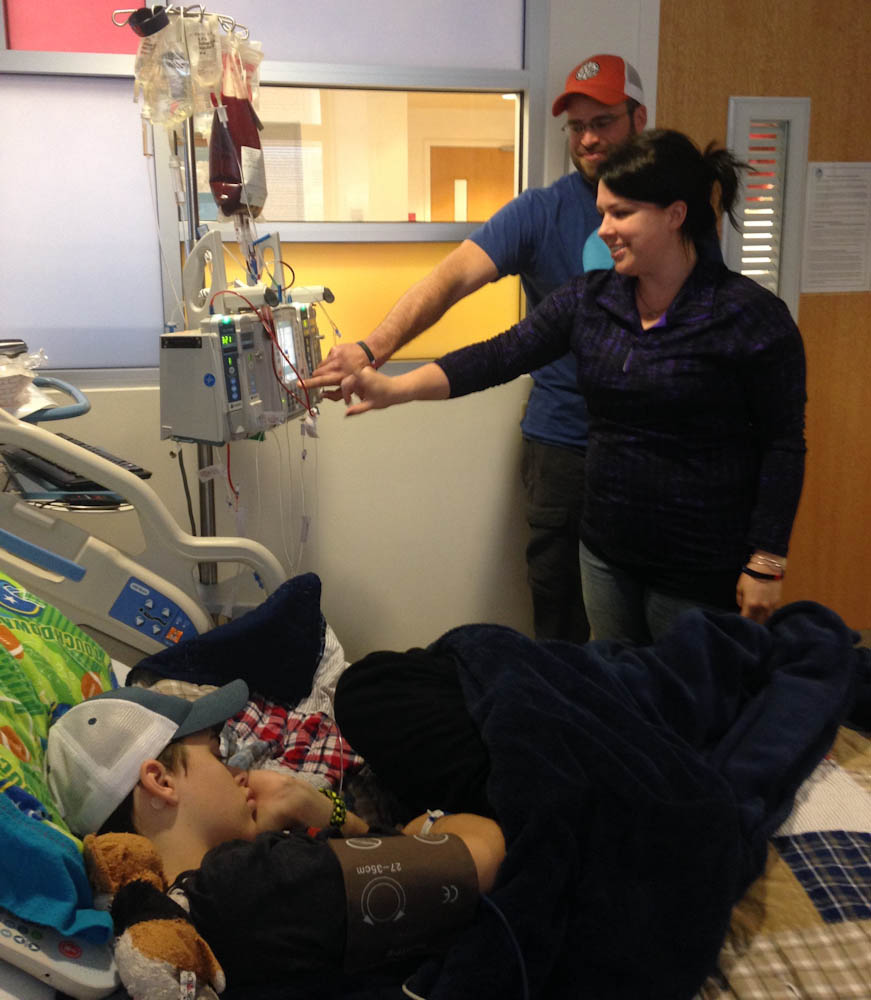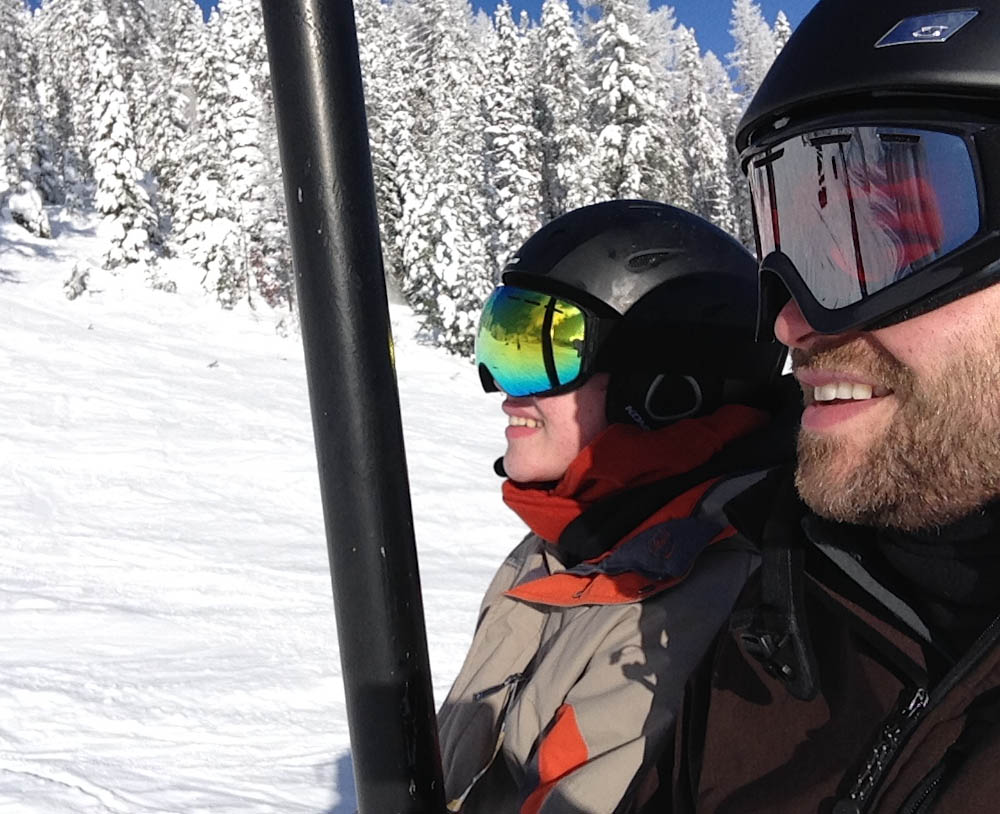
Having a child diagnosed with a life-threatening illness is heart-wrenching for all parents, but when the diagnosis itself is uncertain, parents can face excruciatingly difficult decisions. This is what Katie and Josh Stevens of Idaho confronted after their son Riley was diagnosed in October 2012 with the blood disorder aplastic anemia, in which the body’s bone marrow produces too few oxygen-carrying red blood cells, too few infection-fighting white blood cells and too few clot-promoting platelets. He was an 11-year-old skier and runner who was tired, bruised and unable to shake a cold. When his blood was drawn, he became pale and his lips turned blue.
So Riley began a course of medications to suppress his immune system, but he had only a minimal response to the therapy. He needed a stem cell transplant.
Read more:
Further testing at Seattle Children’s revealed Riley had shortened telomeres, or ends of chromosomes, which stymied cells’ ability to regenerate. This is characteristic of another rare bone marrow failure syndrome called dyskeratosis congenita (DC), but Riley did not manifest other telltale signs of DC such as white spots in the mouth, lacy rash around the neck, and brittle nails.
Choosing between two very different stem cell transplant options
The lack of clarity about the diagnosis left Riley’s parents with an important, but difficult decision: Should their son undergo the standard transplant for aplastic anemia, which involved using chemotherapy, radiation and immunosuppressants to kill the body’s bone marrow to make room for donor stem cells? Or should he travel to Dana-Farber/Boston Children’s Cancer and Blood Disorders Center for a clinical trial for a transplant for DC that only uses immunosuppressant drugs?

Riley’s parents learned of the Dana-Farber/Boston Children’s trial through the patient/advocacy group Dyskeratosis Congenita Outreach on Facebook. Soon the whole family – parents, Riley and his three siblings – traveled to Maine for Camp Sunshine’s “DC Week.” Suneet Agarwal, MD, PhD, who launched the Boston trial, was there.
Agarwal started the trial because children with DC, whose bone marrow was already dying, often did not do well with transplants preceded by chemotherapy and radiation. Although Riley didn’t display all the typical signs of DC, his telomeres were just short enough to qualify him for the trial.
“Riley’s parents had to process a lot of information,” Agarwal says. “Once a child is exposed to chemotherapy and radiation, which Riley would be in the standard aplastic anemia treatment, he’d have the late effects of the toxic exposure whether or not the treatment was effective. In the trial I’m running, if the treatment is ineffective, you run the risk of having to repeat the transplant. We think using a low-intensity regimen permits a salvage transplant if the first one fails, but the risks of a second transplant shouldn’t be taken lightly.”
Consulting bone marrow failure experts – and their gut
Looking for advice, Riley’s parents turned to Akiko Shimamura, MD, PhD, who was then a pediatric hematologist at Seattle Children’s and who now directs the Bone Marrow Failure Program at Dana-Farber/Boston Children’s.
“With these rare disorders, where we don’t have data to tell us the best treatment, you should consult a variety of experts to learn about the options,” Shimamura says. “It’s a very high-stakes decision.”

Katie and Josh Stevens decided to enroll in the Boston trial. “It came down to our gut,” Katie says.
On September 3, 2015, Riley received the stem cells of a perfectly matched unrelated donor from Germany. A long distance runner at home in Idaho, Riley typically walked 40 laps a day around the corridors of the inpatient stem cell transplant unit at Boston Children’s Hospital. After five months in Boston, rarely seeing the rest of the family, Riley returned to Idaho. He’s in isolation until September 2016, but able to see friends outdoors and pursue outdoor activities.
“When we left for Boston, I didn’t know if I’d be taking Riley home,” Katie says. “It was huge to land home with a healthy kid.”
Agarwal is pleased with Riley’s progress, but it’s still too soon to know the long-term outcome. “Everything’s gone great so far,” Agarwal says.
Riley recently went skiing with his father at Idaho’s Lookout Mountain. It was Riley’s first time skiing in three years.
“I feel good. I used to be pretty tired. That’s gone. The bruising is gone. I have a lot more energy. My color is back,” Riley says. “I’m the same as I was in some ways and different in other ways. I have a better perspective on life, I guess. I’m grateful for the second chance.”
Learn more about Dana-Farber/Boston Children’s Bone Marrow Failure Program.

